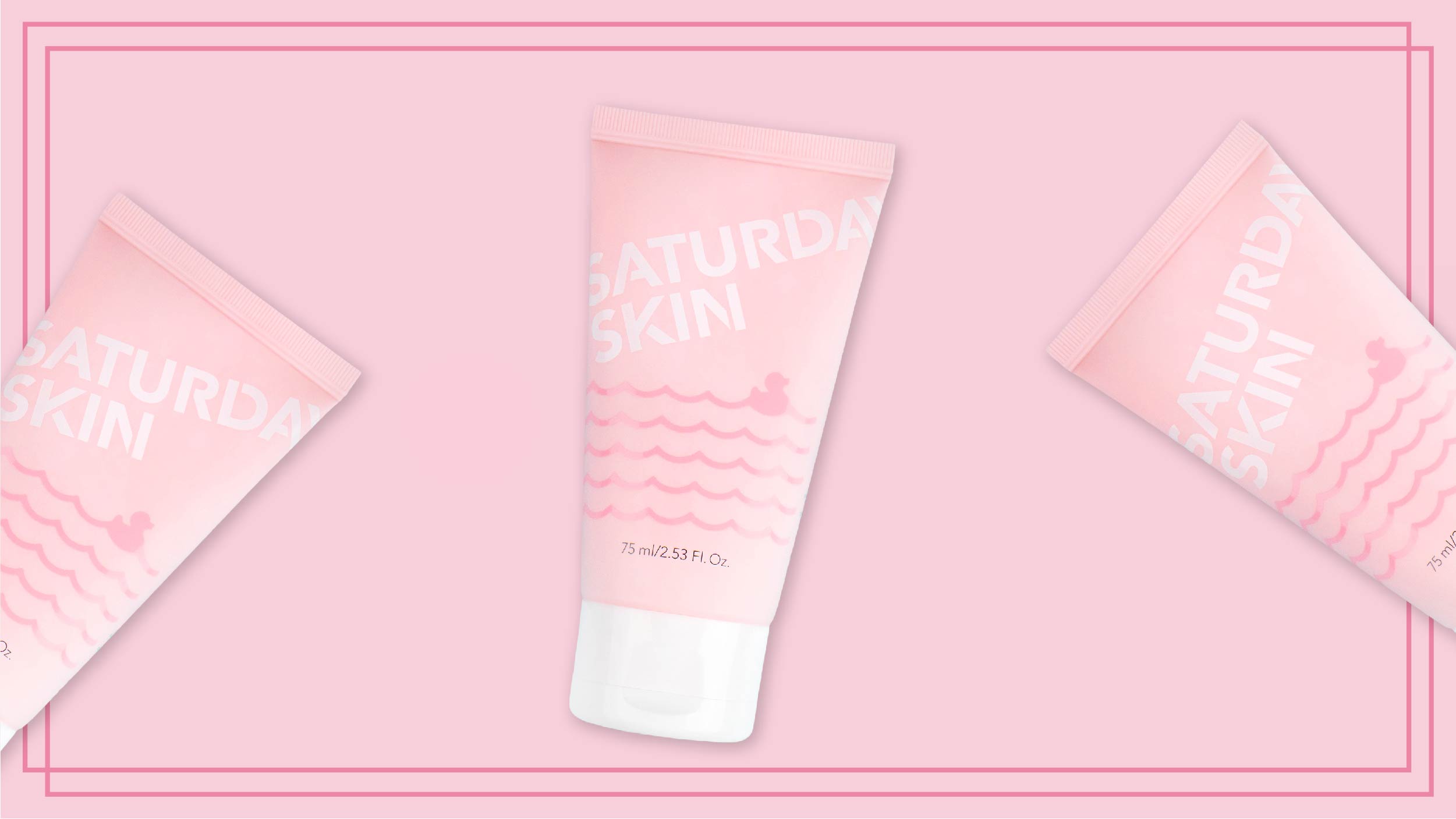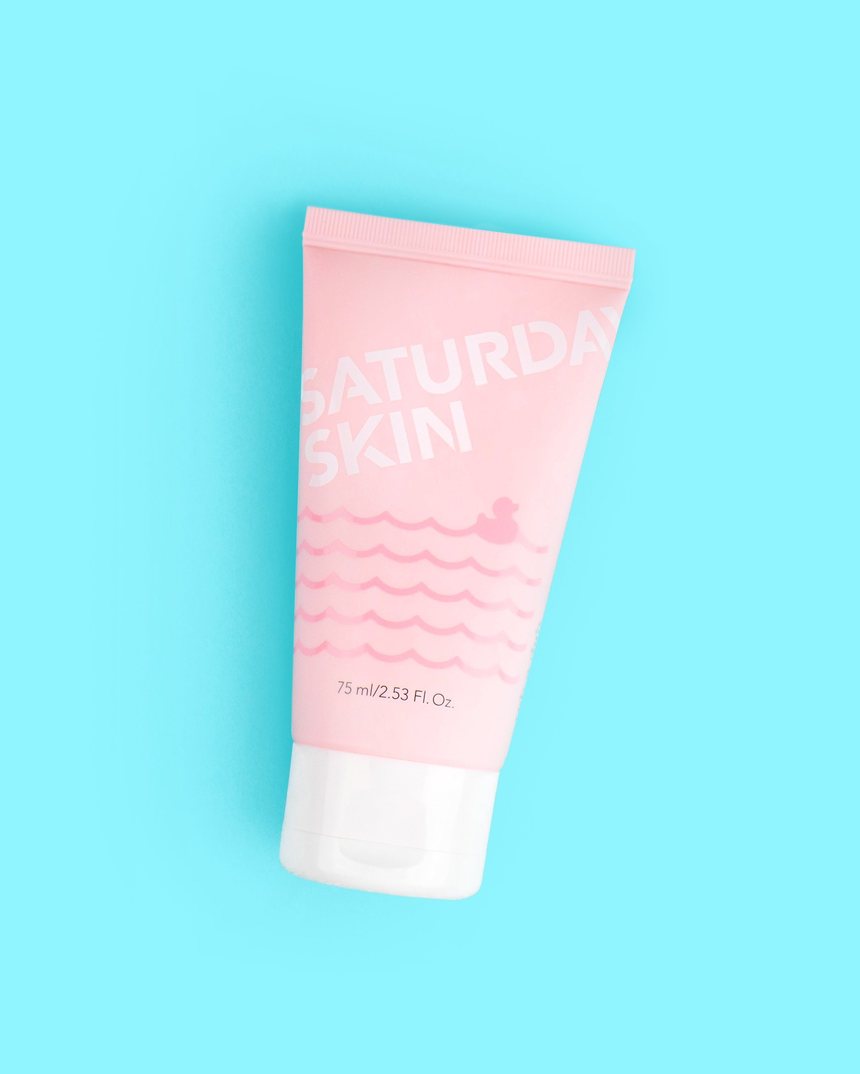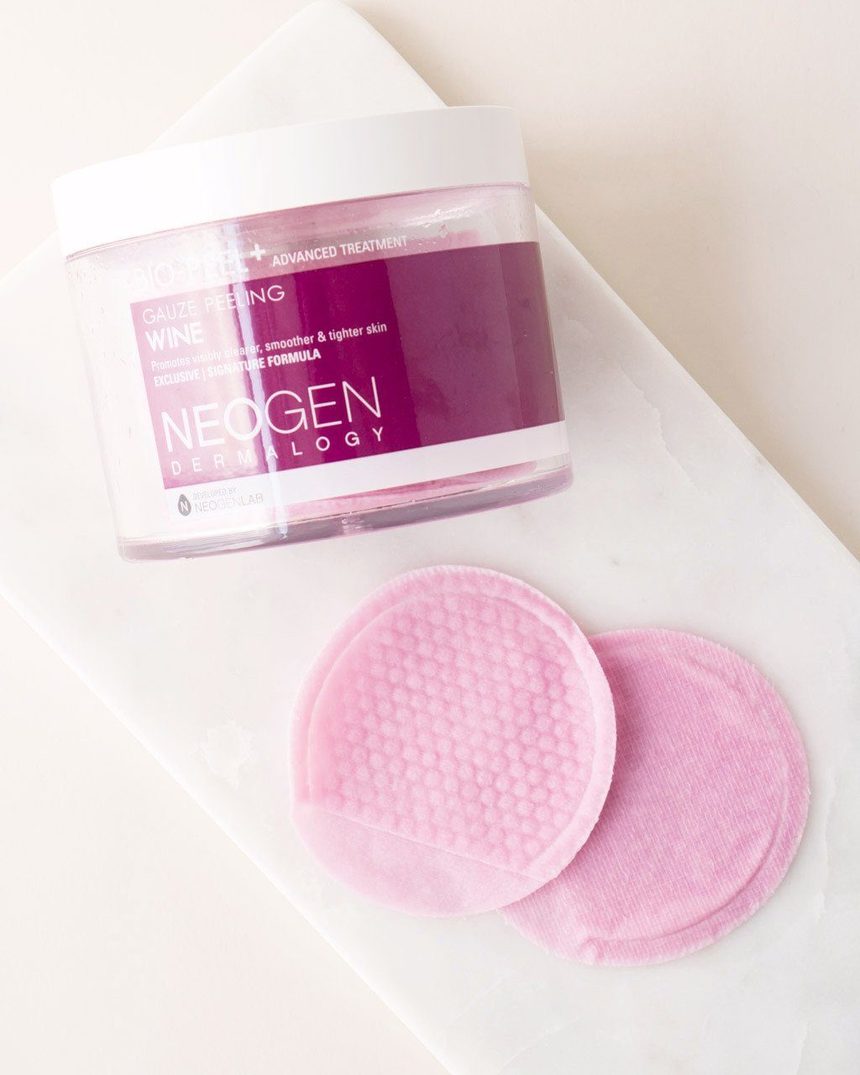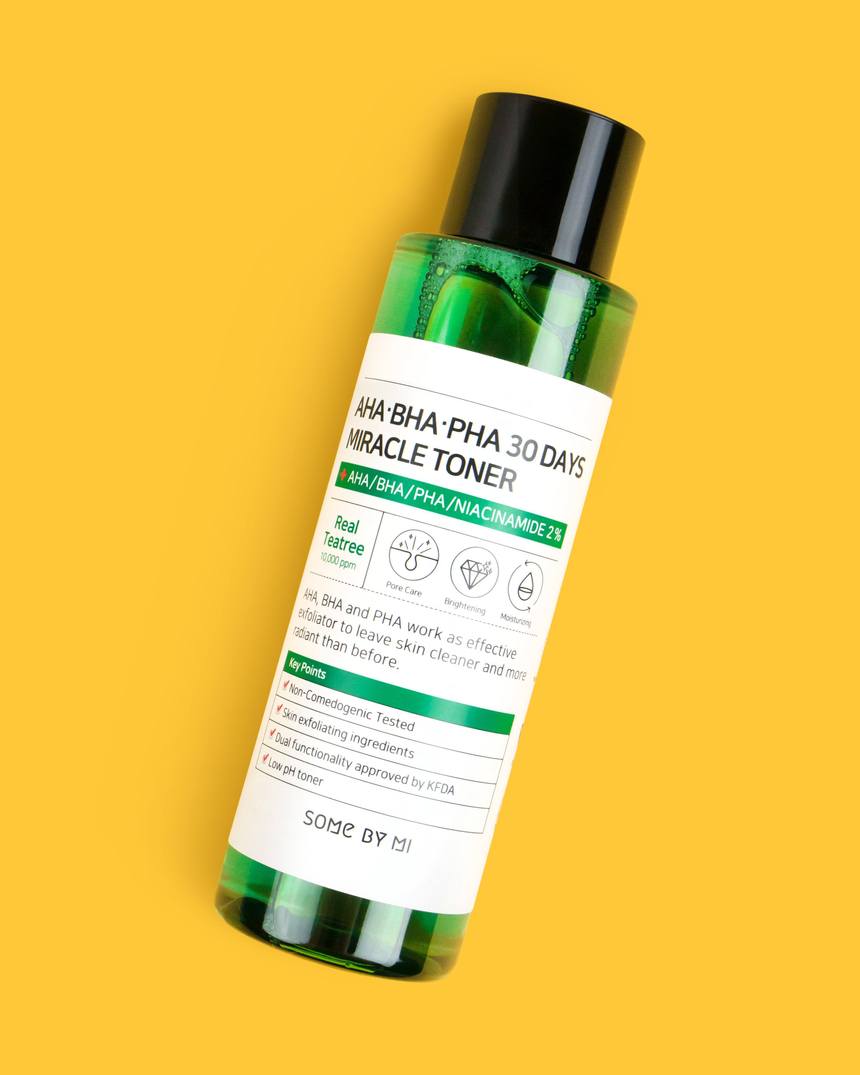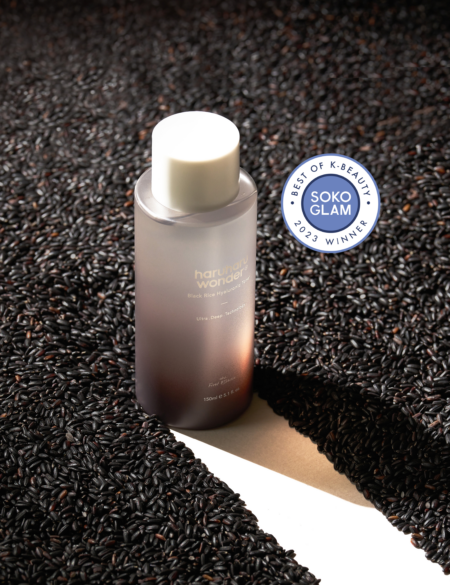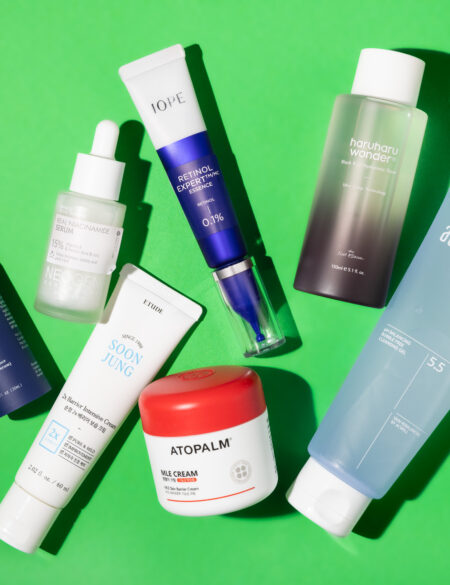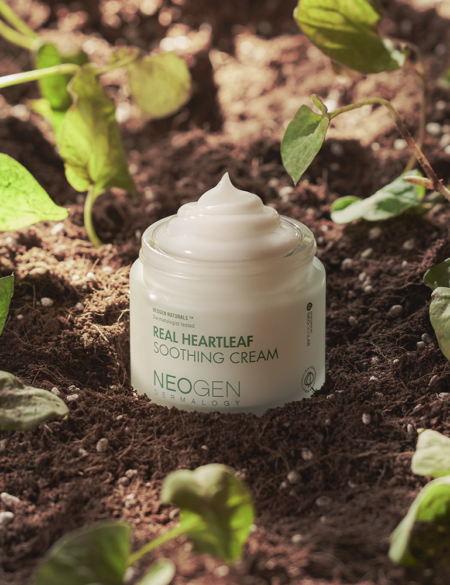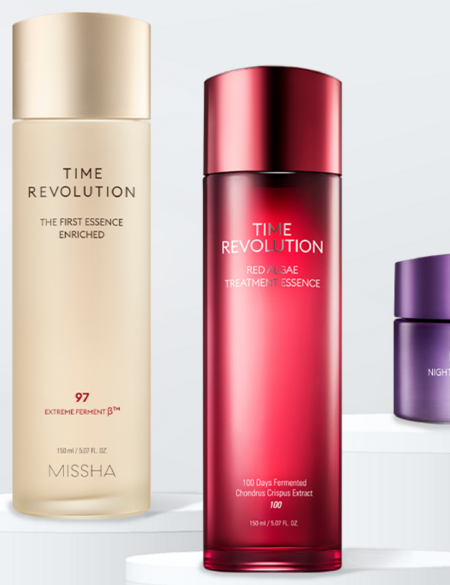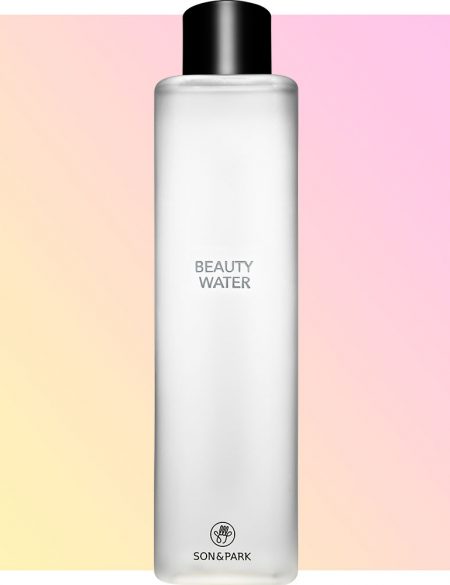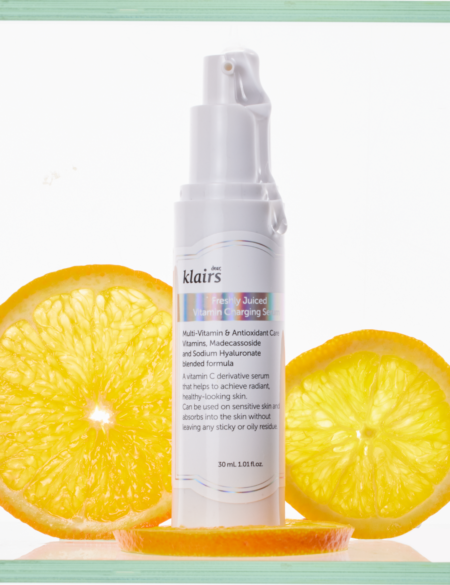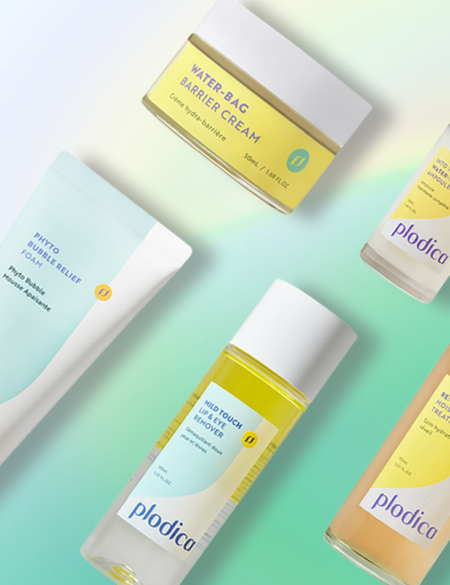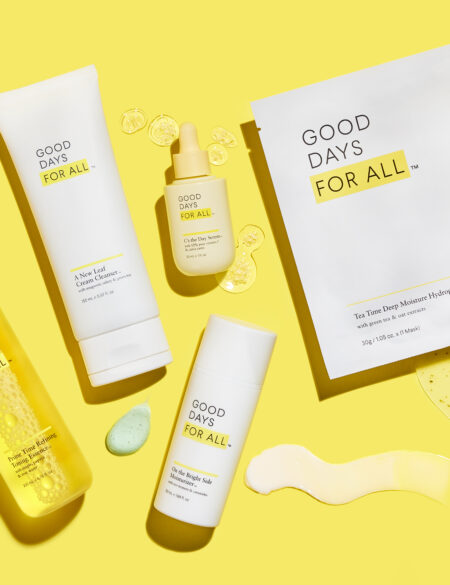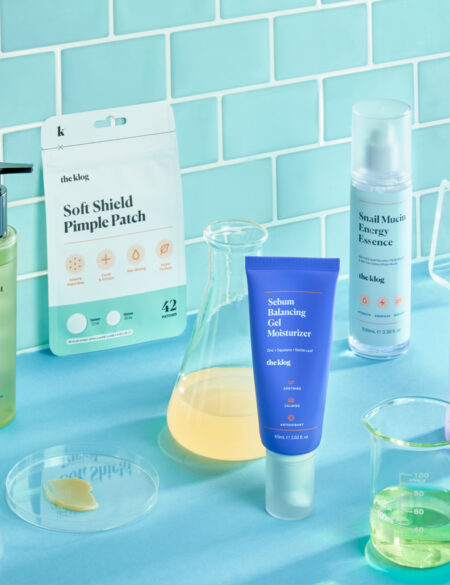Whether you’re unsure about where exfoliating should fall in your skin care routine or what type of exfoliator you should use, read on for the answers to the most common questions we get asked about exfoliating.
Exfoliation helps deep clean your pores and remove dead skin cells, i.e. it’s key for achieving a brighter, smoother, and clearer complexion.
However, when used too frequently, or if you use a formula that isn’t quite right for your skin, an exfoliator can do more harm than good. This is why it’s no surprise that we get questions about the step all the time.
RELATED: The Most Common Questions About Toner – Answered!
Here, we’re answering 10 of the most common ones. Read on to find out whether you should be using a chemical or physical exfoliator, what you can mix with them, and more.
How often should you exfoliate?
Ideally, exfoliation would be added to your skin care routine between 1-3 times per week. Exfoliating is powerful and can cause your skin to be sensitive, so exfoliating every day might lead to skin irritation and sensitivity.
How do you know if you’re over-exfoliating?
Over-exfoliating can be caused by adding exfoliation to your routine too often. Not only can it strip your skin of essential oils, but it can cause sensitivity, burning, and redness. Signs of over-exfoliating could also include breakouts—especially those which don’t get better over time!—as well as increased dryness and flakiness, and increased oil production.
If you think you’re over-exfoliating, don’t use an exfoliator for about a week to allow your skin time to recover, and then slowly ease back into it, remembering to stick to the 1-3 times per week rule. You might also consider switching to a gentler exfoliator (such as one formulated with PHAs) instead to see if that helps. If you aren’t sure whether you’re over-exfoliating or you are over-exfoliating and want advice on how to fix it, we recommend seeing your dermatologist. No matter what, remember to patch test before you use any new product!
Related:How To Repair Your Skin’s Moisture Barrier After Over-Exfoliation
Should I be using a chemical exfoliator or a physical exfoliator?
There’s no solid answer for this, so it really depends on two things: Your skin type and personal preference.
Physical exfoliation uses small granules—such as sugar, walnut shells, salt, or coffee grounds—to clear out dead skin cells that are clogging pores. Physical exfoliants have a tangible graininess to them, and are usually found in scrubs and gels. If you find that physical exfoliators leave your skin feeling too tight or that they’re too harsh, you might opt for chemical exfoliators instead.
Chemical exfoliants use chemical compounds AHAs (alpha hydroxy acids, which are water-soluble and give you smoother skin) or BHAs (beta hydroxy acids, which are oil-soluble and get into your pores to clean them) to aid in cell turnover. Some chemical exfoliants might also use PHAs, or polyhydroxy acids, which don’t penetrate as deeply into the skin as their counterparts and are thus less irritating.
Your skin type could also play into which one you choose to use. Sensitive skin types who want gentle exfoliation might opt for PHAs or gentle peeling gels like the Saturday Skin Rub-A-Dub Refining Peeling Gel, which uses non-irritating natural enzymes to smooth skin. Those with acne might want to skip harsh physical exfoliators as the granules can further irritate active breakouts. For acne-prone skin, chemical exfoliants are ideal, especially those with BHAs and AHAs like glycolic acid.
Related: The Best Acids For Your Skin Type
What can I mix with AHAs and BHAs?
While you can use AHAs and BHAs together for maximum cleansing, there are some products you definitely don’t want to use with either of these.
You should steer clear of using retinol at the same time as AHAs and BHAs as this can result in redness and irritation. The same goes for vitamin C.
But while you shouldn’t use these products at the same time as AHAs and BHAs, you can still use them as part of your skin care routine; you might alternate days of use or time of day (use one in the morning, one at night).
Hyaluronic acid is fantastic to layer with AHAs and BHAs, as it hydrates and nourishes your skin. When used with chemical exfoliants, it ensures a happy, healthy, and hydrated skin barrier.
Should chemical exfoliants be used in the morning or night?
While you can use them in the morning, we recommend using them at night as part of your PM skin care routine. The reason for this is that exfoliating makes your skin more sensitive and susceptible for sun damage, so if you apply it in the morning, it’s even more important that you protect yourself with SPF.
Can I use AHAs/BHAs at the same time as hyaluronic acid?
Absolutely! In fact, we recommend it. As mentioned above, even though hyaluronic acid has the word acid in the name, it isn’t exfoliating and it isn’t an AHA or a BHA. Instead, hyaluronic acid is extremely hydrating and good for all skin types, so when used with stripping AHAs and BHAs, it will help replenish and nourish your skin post-chemical exfoliator.
Can I use acid moisturizer or toner and an exfoliator, or is that too much?
While it isn’t too much, it’s probably just unnecessary! Chemical exfoliants are powerful and effective, so a single product that contains them should do the job you want them to do. Remember that if you’re going to use any acid product in the morning, your skin will be more sun sensitive, so apply that SPF!
Can I use both AHA and BHA together?
AHAs and BHAs work wonderfully together, but you can only use them together if their percentages are both low enough—or if one is much lower than the other—that it won’t be too intense. Too potent of a mixture might irritate your skin and compromise its natural barrier, so aim to use AHAs that are no more than 12%, and BHAs that are no more than 3% when using both. When using them individually, you can up the percentage—AHAs will be a maximum of typically 10-15%, while BHAs range from 0.5-5%. Just be sure to monitor your skin and see how it reacts to using them together; if it seems unhappy or irritated, switch to using just one at a time.
Do I apply exfoliator before or after essence and toner?
Exfoliator goes before both toner and essence! When doing your skin care routine, exfoliator comes right after your double cleanse. This removes any remaining debris from your pores as well as aids in cell turnover.
Following up with toner helps bring your skin’s pH levels back into balance. Essences are used next to hydrate and nourish the skin.
Are exfoliators okay for super sensitive skin?
All skin types can benefit from exfoliating, so we recommend starting slow and gently. PHAs are a great entryway into the world of acids. Another good starter acid is lactic acid as it improves the skin’s natural moisture factor as well as prevents feelings of dryness. It also helps fade acne scars and improves skin tone and texture.
As always, your dermatologist knows what’s best for your skin, so consult with them first if you have sensitive skin and are concerned about exfoliating!
What questions do YOU have about exfoliating? Let us know in the comments!


